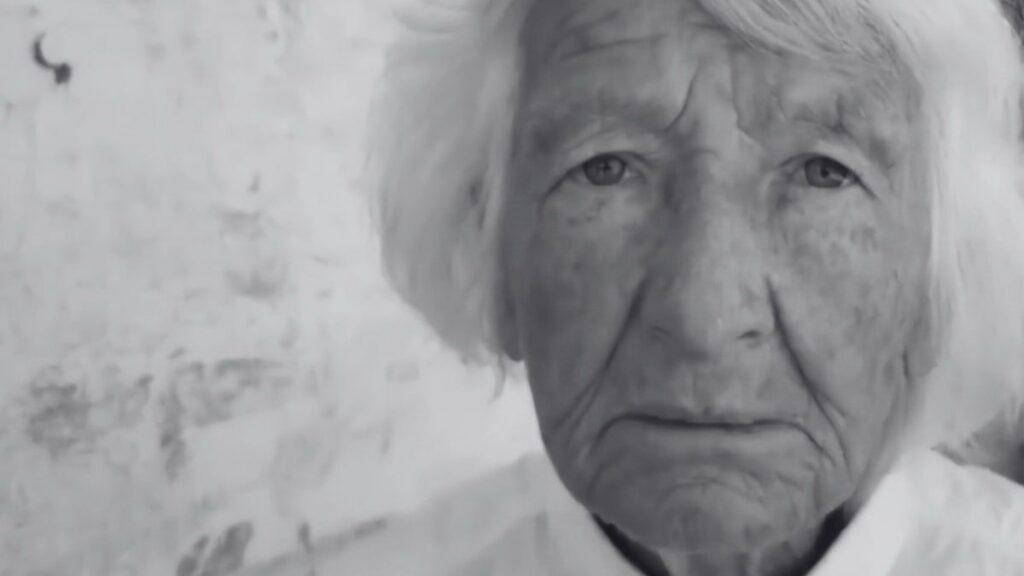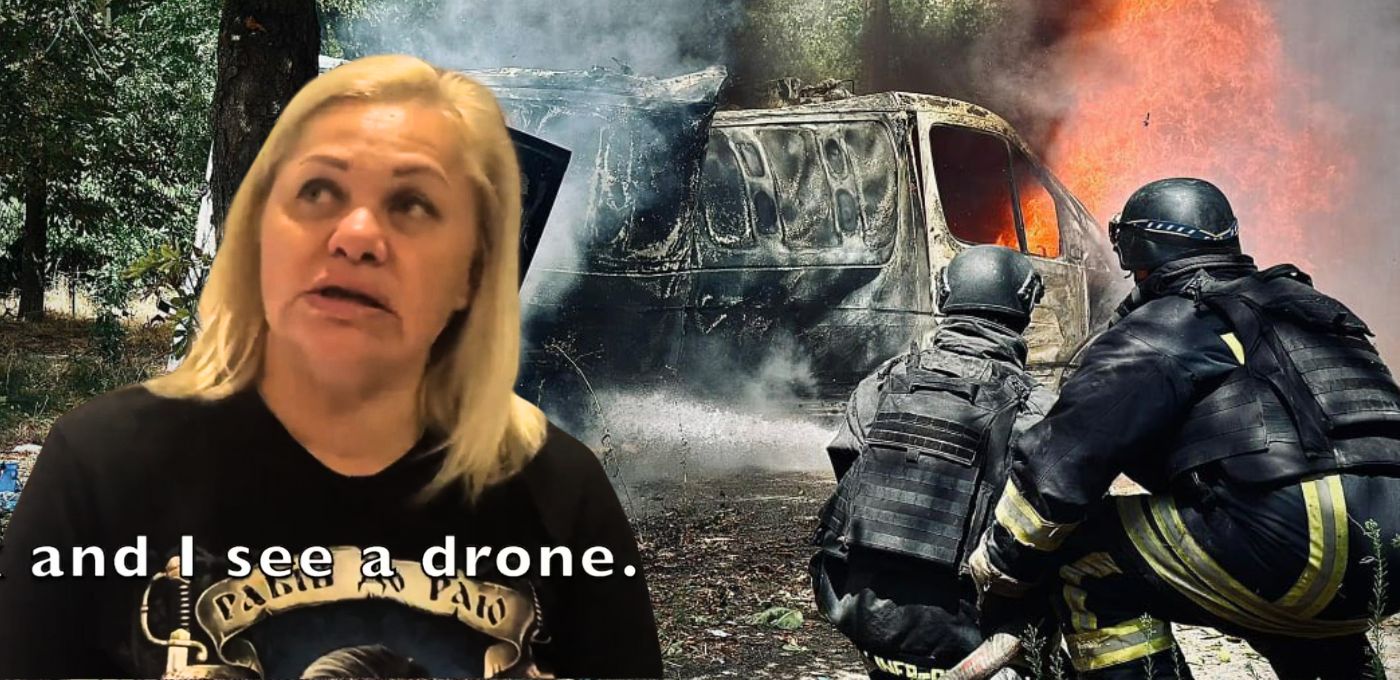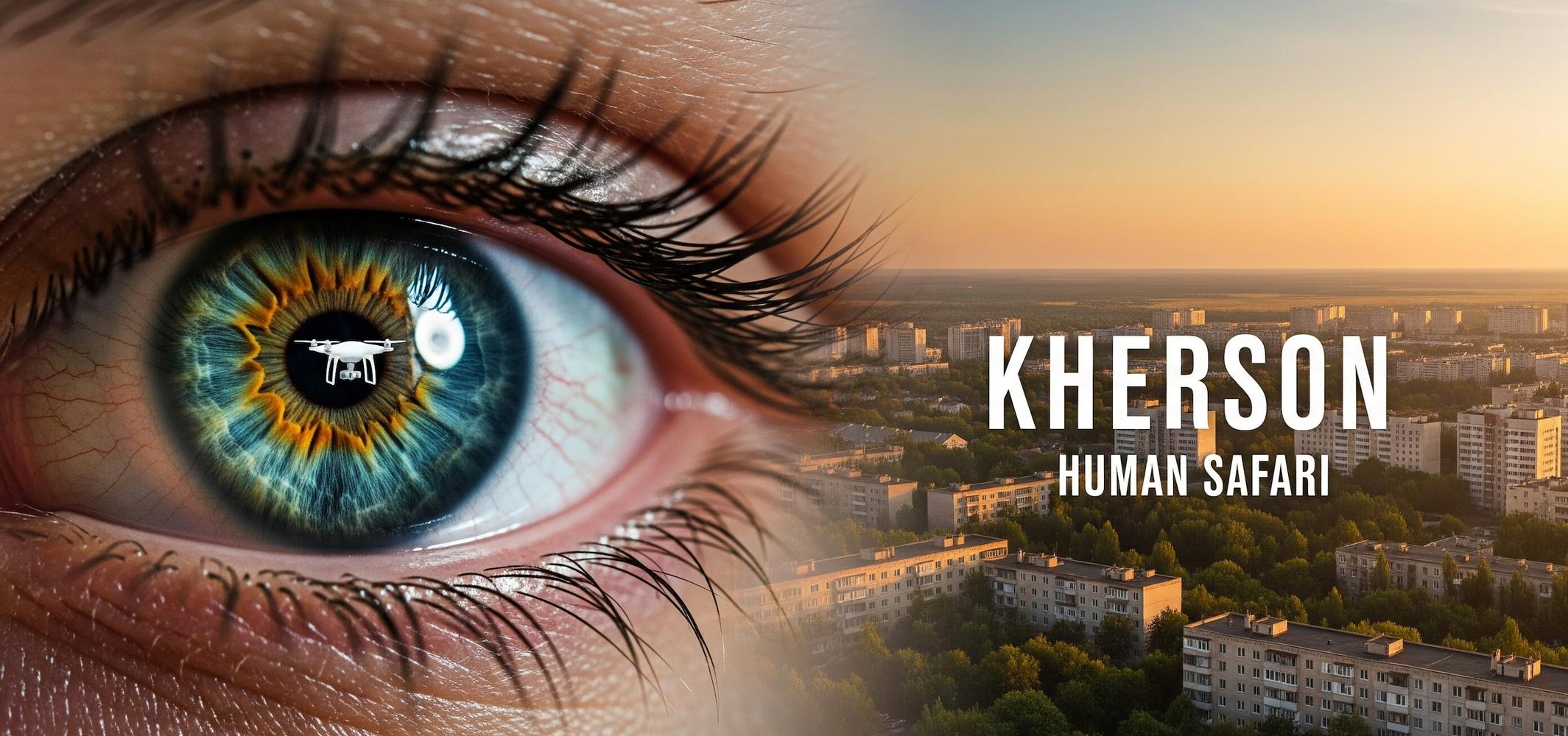UK to bolster Ukraine’s sky shield with thousands of new “Octopus” interceptor drones and missiles

The United Kingdom is significantly expanding its air defence support for Ukraine, providing thousands of new interceptor drones and hundreds of missiles to help Kyiv defend its cities and energy infrastructure. UK Defence Secretary John Healey highlighted new support, including a joint program for a new "Octopus" interceptor drone, during Defence Questions in Parliament. This assistance comes as Ukraine braces for intensified Russian aerial attacks during the winter.
This new package is strategically significant as it provides Ukraine with a high-volume, cost-effective counter to Russian drone swarms, aiming to protect critical infrastructure and preserve more advanced missile interceptors for complex threats.
A new generation of interceptor drones
The centerpiece of the new support is a "first-of-its-kind joint program" for the "Octopus" interceptor drone, as reported by the UK Defence Journal. Thousands of these drones, which will be produced in the UK, are scheduled to be supplied to Ukraine on a monthly basis.
During his announcement, Defence Secretary John Healey said the support is a direct response to Russia’s intensified strikes on civilian and energy infrastructure, stating, “Putin's aerial bombardment of Ukraine is cynical, illegal and targeted at civilians.”
Expanding the missile shield
Beyond the new drone program, the UK has accelerated the delivery of other critical air defence hardware. Healey confirmed that more than 200,000 rounds of anti-aircraft ammunition and "hundreds of air-to-air missiles" have been delivered to Kyiv this autumn.
This builds on a steady flow of support throughout the year. A UK government factsheet published in September detailed provisions of additional counter-drone and air defence equipment. This includes a new system named "Gravehawk," jointly funded by the UK and Denmark, which has already been tested in Ukraine with more units to follow.
Earlier, in June, the UK committed 350 ASRAAM missiles, as reported by Euromaidan Press. Originally designed for air-to-air use, British engineers rapidly adapted the missiles to be ground-launched from the UK-developed RAVEN mobile air defence system. By June 2025, Ukraine had already operationally deployed eight Raven systems, with five more confirmed for future delivery. This £70 million package was notably financed using interest generated from frozen Russian financial assets.
A long-term strategic commitment
This latest aid is part of a sustained British commitment to Ukraine's defense. Total military financing from the UK now stands at £13.06 billion since February 2022, according to a House of Commons Library research briefing. The briefing notes that military financing for 2025 alone will be £4.5 billion.
This financial support is built upon a broader, long-term security framework. The UK was the first nation to finalize a ten-year security cooperation agreement with Ukraine on 12 January 2024, which was followed by an agreement for a 100-year partnership in January 2025, as noted in the parliamentary briefing.
Strategic implications for winter
The combination of new systems provides Ukraine with a layered air defence network. The high-volume, lower-cost "Octopus" drones, along with systems like "Gravehawk" and "Raven," are designed to intercept mass attacks by Russian Shahed-type drones.
This strategy is crucial for protecting the national energy grid ahead of winter. By using these systems to counter drones, Ukraine can preserve its more advanced and expensive missile systems, such as the US-provided Patriots, to defend against Russian ballistic and cruise missiles.
Related:
UK delivers hundreds of air defense missiles to Ukraine months ahead of schedule
UK to build pilot batch of Octopus interceptor drones under joint project with Ukraine




 (@ZarinaZabrisky)
(@ZarinaZabrisky) 

